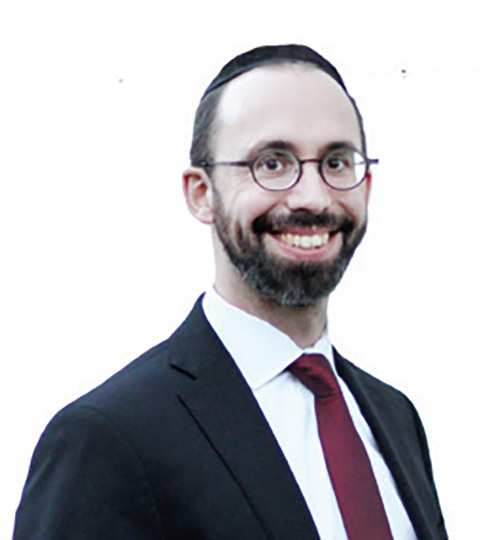
This year in Eretz Yisrael on Lag Ba’Omer, thousands upon thousands of Jews from all walks of life will make the annual pilgrimage to Meron. They will be commemorating the yahrtzeit of Rabbi Shimon Bar Yochai, known as the Rashbi. His kever (burial place) is in Meron. Although a yahrtzeit is usually sad, his yahrtzeit on Lag Ba’Omer is considered a Yom Hilula, a happy occasion, as the people gather around huge bonfires and sing and dance for hours. Why do the Jews feel so connected to Rashbi?
Rashbi is known for writing the Zohar—the deep secrets of the Torah. Meron is located in Eretz Yisrael between Tzfat and Tiveria where the secrets of the Torah were learned and revealed. The masters of Kabbalah lived in Tzfat. Rashbi was influenced by his holy surroundings, and in turn extended his influence among the people in his surrounding areas. Over 500 years ago the Arizal and his students, who resided in Tzfat, explained the Zohar, which theretofore was very difficult to comprehend.
Tiveria had an alternate name, “Reket,” which comes from the word reik (empty). The Gemara (Megilla 16) says Reket was the nickname because the quality of the people was on such a high level that even the reikanim (empty ones) were filled with mitzvot like a pomegranate. Tiveria is named so from the words tova re’iyata (see the good), because the people in Tiveria viewed everyone favorably. Rav Avraham Schorr explains that the name Meron comprises the same letters as rimon (pomegranate); Meron has the same quality of Tiveria where the people view everyone, even the empty people, as if they were filled with mitzvot like a rimon.
Taking the symbolism further, the word reik comprises the same letters as yakar—precious (as heard from Rabbi Oelbaum). The ability to see the preciousness in people who appear empty is exemplified by the rimon, which has a bitter peel but is sweet on the inside. This was a quality of Rashbi. Rashbi was a student of Rabbi Akiva, who was a student of Rabbi Meir. There is a dispute between Rabbi Meir and Rabbi Yehuda whether Bnei Yisrael are considered children of Hashem even when they sin. Rabbi Meir holds yes, they are (kiddushin), while Rabbi Yehuda holds they are not. Rabbi Akiva (the student of Rabbi Meir) also taught this concept with his famous teaching of Ashreichem Yisrael, indicating that we get purified of our sins in front of our Father in Heaven. Rabbi Akiva was also the one who composed the moving prayer Avinu Malkeinu—Our Father, Our King. Hashem is always our Father because we are always His children, even after we sin.
I remember when I was in a post-high school yeshiva in Eretz Yisrael, my rosh yeshiva accepted a new student in middle of the year who had just been thrown out of a different yeshiva (and for a good reason!). All the rebbeim and students were in absolute wonder why he would accept such a troubled case in the middle of the year. It was a true mystery. By the next year, this boy had put himself together and was settled down and took his Judaism seriously—as well as his interaction with others. We all were amazed, but not our rosh yeshiva, Rabbi Yehoshua Luff, who possesses the quality of seeing the good in all. He saw the potential in this boy when no one else did. And that’s how he was able to build him up.
Everyone connects with Rashbi because he was able to see beneath the surface to reveal the hidden secrets of Torah and the hidden preciousness of everyone—even those who appear empty.
This is the quality of ayin tov—a good eye. See the good in all. This quality is what we celebrate on Lag Ba’Omer—to focus on seeing the preciousness of each and every Jew.
By Rabbi Baruch Bodenheim









